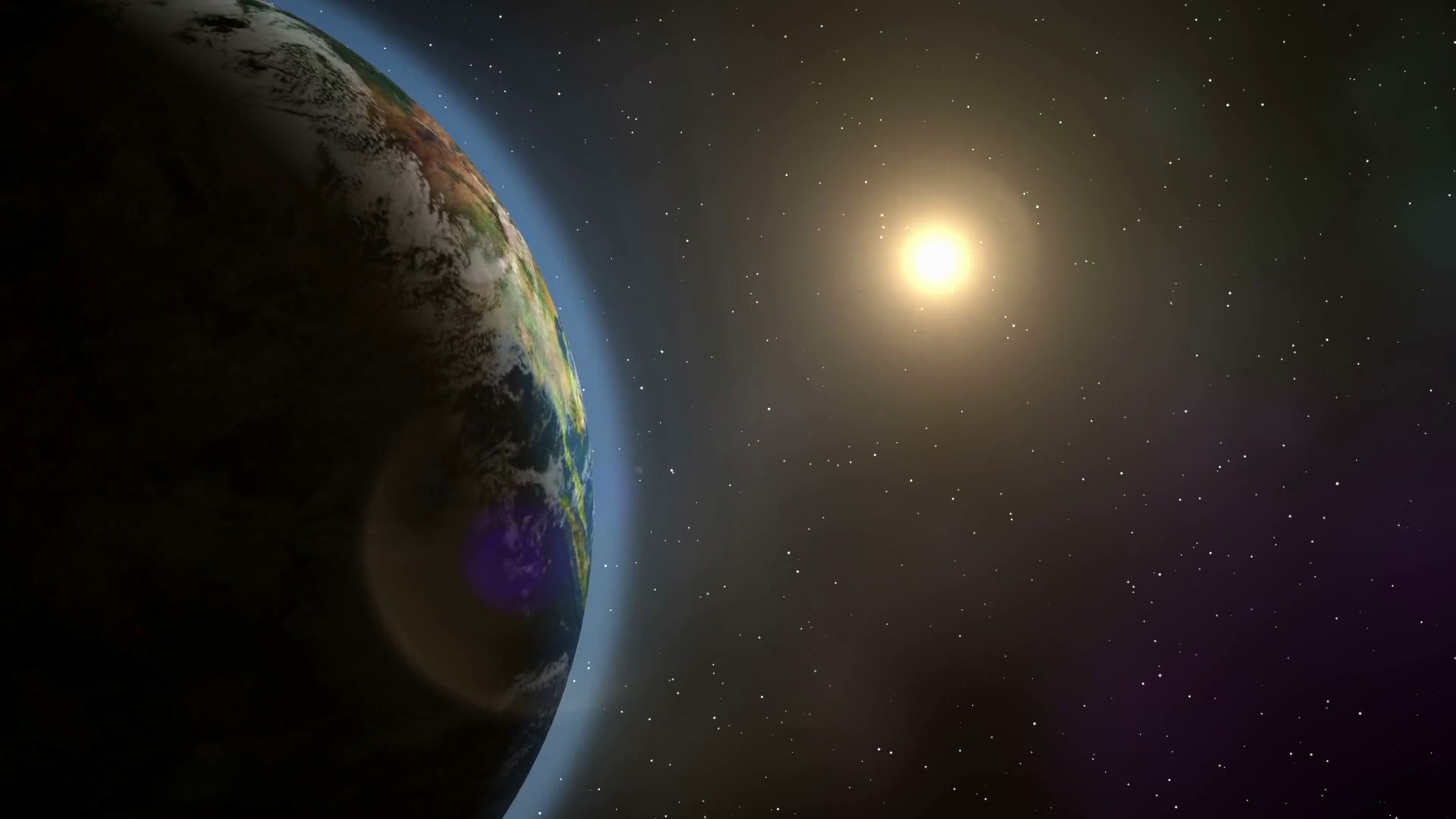MOLINE, Ill. — Happy Perihelion Day! This little-known day marks the time when Earth's orbit is closest to the sun, with a mere 91,527,976 miles of separation between the two planets.
If Earth is closest to the Sun today, why is it still cold?
With a little common sense, one would assume that it would be during this time period when most of the planet would experience its warmest time of the year. That isn't the case here though, in the Quad Cities where temperatures remain at their lowest average point for the entire year.
So, what gives? Why are we not experiencing our warmest time of the year now since the two planets are closer together? Let's dive in!


The first documented person to measure the distance from the Earth to the sun was the Greek astronomer Aristarchus of Samos, who lived between 310 B.C. to 230 B.C. He used the phases of the moon to measure the sizes and distances of the sun and moon.
It's not the distance that matters, but rather the angle at which Earth is tilted that determines where the warmth will be located. That tilt is what results in the varying seasons we see in both the northern and southern hemispheres. Notice that the opposite occurs during the summer months here, called an aphelion, when the distance between the Earth and Sun is at its greatest point, more than 94 million miles.


The Earth's axis tilts the northern hemisphere further away from the sun's strongest incoming energy during our winter season, as pictured above. Meanwhile, the opposite is true for the southern hemisphere, which is why our seasons are timed differently. While we observe winter here in the Quad Cities, areas in the southern hemisphere observe summer, and vice versa.
During our summer months, the axis is tilted again. This time, there is more direct energy from the sun being sent to the northern hemisphere and less to the southern hemisphere.
Have a question that you would like to ask for an upcoming "Ask Andrew" segment? Submit it, here!

